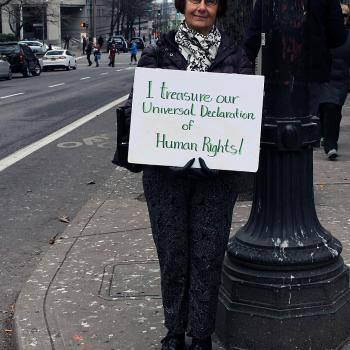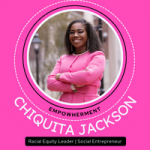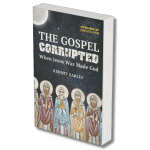The New York Times recently reported on a new study by economists from Harvard and UC Berkeley on income mobility across the country. The research team found stark differences by geographical region, with the odds of moving to a different income bracket being lowest in the southeast and higher in major metropolitan areas. They identified four broad factors in areas that contribute to income mobility: mixed-income neighborhoods, two-parent households, better schools, and higher rates of civic engagement, “including membership in religious and community groups.”
Why religion? There are numerous reasons, but I’d like to highlight one in particular: Religious communities as a source of social capital. As Robert Putnam addressed in Bowling Alone, religious institutions such as churches, synagogues, and mosques bring people together in a way that strengthens community life. This is vital in a society that is increasingly fragmented. This connectedness likely affects income mobility via social capital — the relationships and relational networks that lend themselves to the exchange of knowledge and resources. For instance, in a religious community, people might form relationships that lead to helpful information about finding a job, navigating social services, or starting a business. Rich relational networks also have payoffs for education, which has natural dividends for income mobility. Being involved in a religious community gives kids the opportunity to have multiple adults in their lives who are invested in their well-being, as documented by sociologist James Coleman and others. These overlapping social relationships (e.g., knowing an adult from the neighborhood, but also attending mosque with them) can reinforce social norms that are beneficial for educational outcomes.
Another perk is that social capital networks can help people access valuable information that helps them navigate the educational system, which has particular dividends for low-income students. In a study of first-year college students, I found that Korean American low-income youth had a particularly high rate of taking SAT preparatory classes. Taking SAT prep was higher for Korean Americans who identified as Protestant, and I suggested that these students are able to access information about applying to college through social networks in economically diverse immigrant churches.
Such social connections can potentially happen in any type of civic organization (and the Harvard/Berkeley study highlights the role of membership in non-religious community groups), but religious institutions tend to be relatively enduring. They often provide a joint social service function, especially among immigrant populations, and can provide rhetorical frameworks that help people endure through difficult times (“Remember Moses wandering through the desert…”).
Read the rest here















